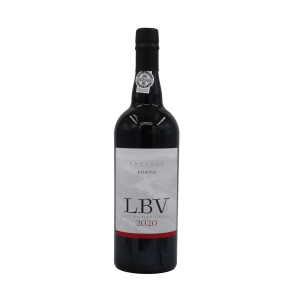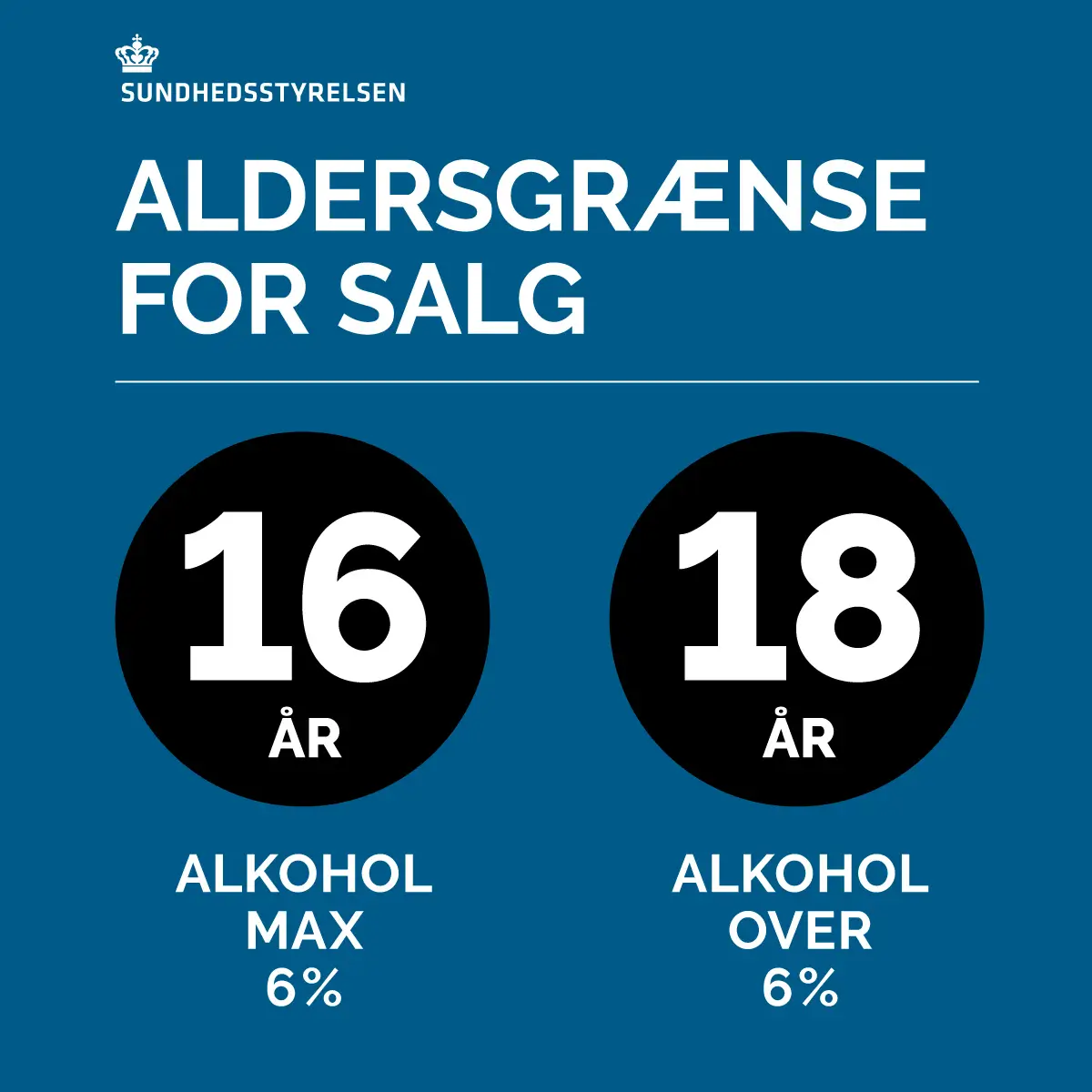Late Bottled Vintage
Late Bottled Vintage (LBV) is a very popular style within red Port wines. Aged in barrels for 4-6 years and then bottled. It continues to develop further in the bottle after bottling. With its fresh and full-bodied notes of various red fruits, the wines are well-suited as an accompaniment to both the main course and dessert.
- See a more detailed description at the bottom of the page...
LATE BOTTLED VINTAGE (LBV)
Late Bottled Vintage is typically made from vintages that do not possess the necessary qualities to be declared a Vintage. It is bottled after aging in oak barrels for 4-6 years (2-4 years later than a Vintage). The extra barrel aging has a significant impact on the wine, making it softer and more accessible. LBV was initially created so that the wine could achieve "Vintage character" more quickly. This means it develops the flavor of a vintage that has been on the bottle for many years without having to wait for years. This character is achieved by bottling the wine later, as barrel aging accelerates its development by softening the sharp tannins and changing the flavor nuances from berries and fresh fruit to figs and other dried fruits.
Aging
Some LBVs are filtered before bottling and are ready to drink as soon as they hit the shelves. These wines are not always suitable for long-term aging. If the label says "Traditional" or "Unfiltered," the wine has been bottled without prior filtration and can continue to develop in the bottle, resulting in sediment. There is no general rule about how long Traditional LBV should/can be aged. Taste the wine and judge for yourself. Traditional LBV should, like Vintage, be decanted before serving. You can also determine if the wine should be decanted by checking the type of cork used. Filtered LBVs are often equipped with a cork with a grip, similar to what you find on Malt Whisky, Gammel Dansk, etc. Unfiltered LBVs typically have a regular wine cork. Some wine books claim that LBV should be consumed the same evening it is opened, and I would partly agree with these authors, but I would also say that really good LBV can remain at its best for up to 8-10 days after opening. However, this assumes that the bottle is stored cool, or perhaps in the refrigerator, which will slow down the "degradation process." The harvest year and bottling year are indicated on the label.
Usage
You will often find that the color of the wine is not quite as dense as it is in Vintage, as the wine itself is not as dense in structure. Younger LBVs will have a clear red color, tending towards deep red. Older LBVs, like Vintage, will become more and more brownish in color. LBV is often an excellent everyday wine with many uses. Older LBVs are perfect for a wide range of cheeses. Younger LBVs can easily accompany a regular main course. If you're lucky, you may find LBVs that are still very fruity and taste strongly of berries – these are ideal for serving with risalamande.





